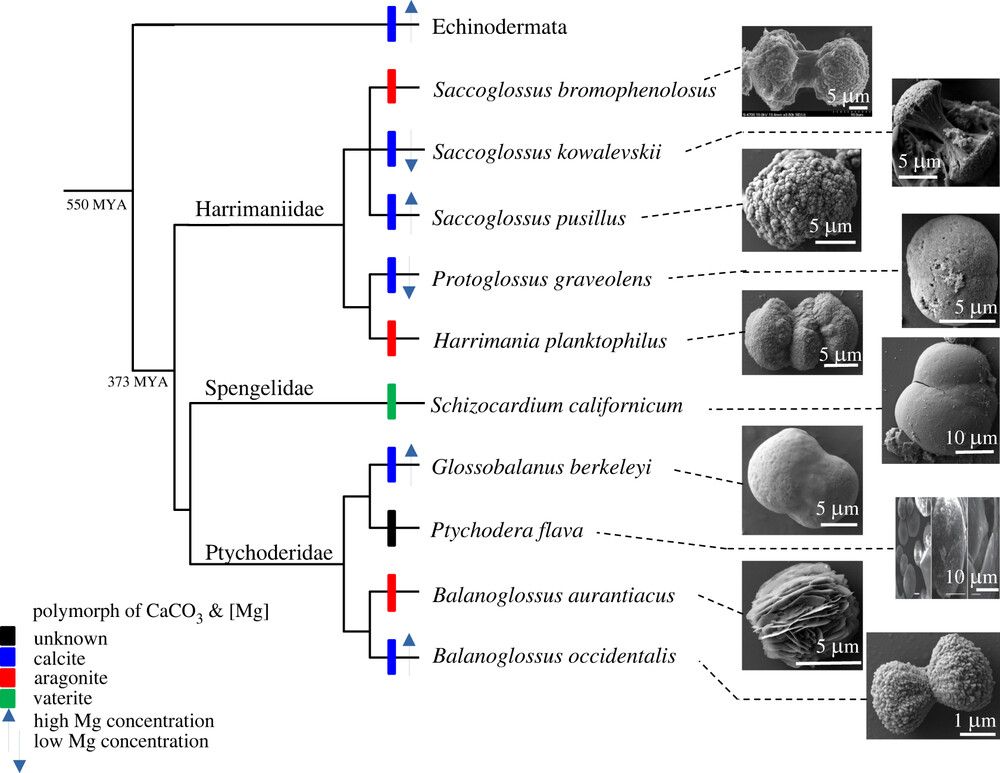Richard Copley
@rcply.bsky.social
biomolecules and non-bilaterians
Reposted by Richard Copley
Most papers are arcane studies in niche areas read by experts who ought to be able to understand them (and science managed without peer review before the 1960s). But they need to be able to trust the data, and ‘peer reviewers’ can’t tell them if it’s real.. 2/2
November 7, 2025 at 2:33 PM
Most papers are arcane studies in niche areas read by experts who ought to be able to understand them (and science managed without peer review before the 1960s). But they need to be able to trust the data, and ‘peer reviewers’ can’t tell them if it’s real.. 2/2
Reposted by Richard Copley
@lowelab.bsky.social @laurentformery.bsky.social on whole-body single-cell RNA sequencing of the acorn worm Schizocardium californicum (Cameron & Perez, 2012). #Hemichordate
"Our tissue-level atlas reveals ectodermal & endodermal cell types in larvae & adults occupy distinct transcriptional spaces"
"Our tissue-level atlas reveals ectodermal & endodermal cell types in larvae & adults occupy distinct transcriptional spaces"
Major cell type differences between larval and adult hemichordate body plans https://www.biorxiv.org/content/10.1101/2025.10.31.685866v1
November 3, 2025 at 8:02 PM
@lowelab.bsky.social @laurentformery.bsky.social on whole-body single-cell RNA sequencing of the acorn worm Schizocardium californicum (Cameron & Perez, 2012). #Hemichordate
"Our tissue-level atlas reveals ectodermal & endodermal cell types in larvae & adults occupy distinct transcriptional spaces"
"Our tissue-level atlas reveals ectodermal & endodermal cell types in larvae & adults occupy distinct transcriptional spaces"
Reposted by Richard Copley
New preprint out! Evolutionarily conserved transcriptional regulators control monoaminergic neuron development.
We uncover how ancient regulatory programs orchestrate the neurons that produce serotonin and dopamine across 550 million years of evolution.
doi.org/10.1101/2025...
We uncover how ancient regulatory programs orchestrate the neurons that produce serotonin and dopamine across 550 million years of evolution.
doi.org/10.1101/2025...

Evolutionarily conserved transcriptional regulators control monoaminergic neuron development
To what extent conserved developmental programs specify homologous cell types is a central question in biology. Here, we address this by focusing on reconstructing monoaminergic neuron development in ...
doi.org
October 30, 2025 at 9:42 AM
New preprint out! Evolutionarily conserved transcriptional regulators control monoaminergic neuron development.
We uncover how ancient regulatory programs orchestrate the neurons that produce serotonin and dopamine across 550 million years of evolution.
doi.org/10.1101/2025...
We uncover how ancient regulatory programs orchestrate the neurons that produce serotonin and dopamine across 550 million years of evolution.
doi.org/10.1101/2025...
Reposted by Richard Copley
Excited to share our new work on the 3D architecture of the ctenophore aboral organ!
We explored its remarkable cellular diversity and integration with the syncytial nerve net, uncovering connectivity and insights into the evolution of sensory complexes.
www.biorxiv.org/content/10.1...
We explored its remarkable cellular diversity and integration with the syncytial nerve net, uncovering connectivity and insights into the evolution of sensory complexes.
www.biorxiv.org/content/10.1...

June 28, 2025 at 1:03 PM
Excited to share our new work on the 3D architecture of the ctenophore aboral organ!
We explored its remarkable cellular diversity and integration with the syncytial nerve net, uncovering connectivity and insights into the evolution of sensory complexes.
www.biorxiv.org/content/10.1...
We explored its remarkable cellular diversity and integration with the syncytial nerve net, uncovering connectivity and insights into the evolution of sensory complexes.
www.biorxiv.org/content/10.1...
Reposted by Richard Copley
RT. Fully funded PhD position in my lab to investigate the origin, composition and function of Ambulacrarian ossicles.


June 23, 2025 at 5:28 PM
RT. Fully funded PhD position in my lab to investigate the origin, composition and function of Ambulacrarian ossicles.

